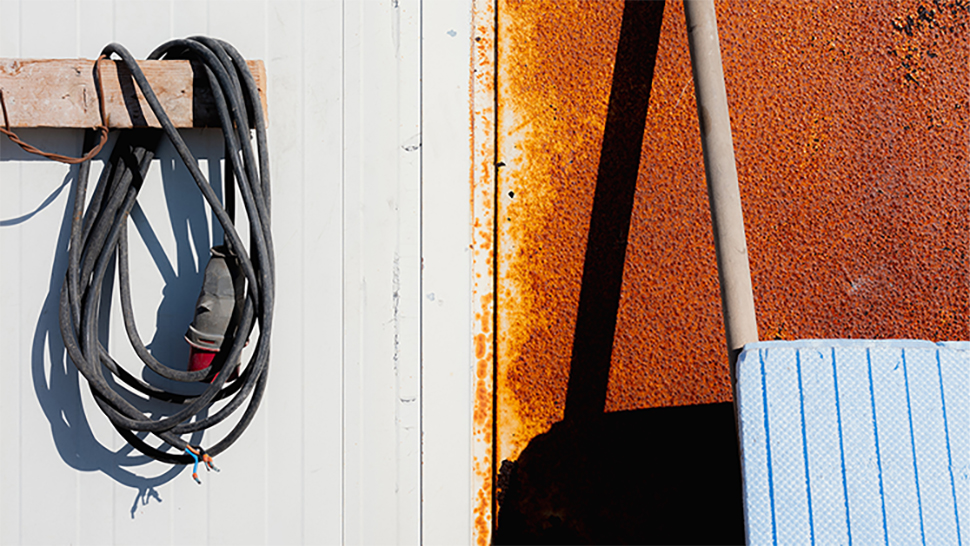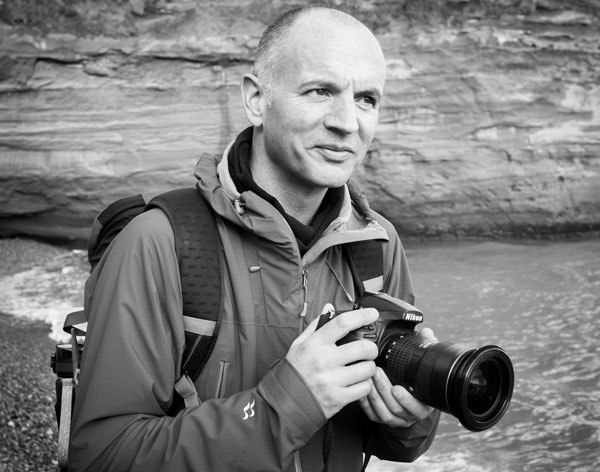

Benedict Brain is a UK-based photographer, journalist and artist. He is an Associate of the Royal Photographic Society and sits on the society’s Distinctions Advisory Panel. He is also a past editor of Digital Camera Magazine, and the author of You Will be Able to Take Great Photos by The End of This Book.
I have recently started reading up on wabi-sabi. I’ve only skimmed the surface, and by no means have the sense of authority to write about it in depth. However, it really interests me, and what I tentatively understand has excited me. I am on a mission to learn more.
The reason it excites me so much is that there are aspects of it that I can relate to in my photography. My worldview and the way I see, acknowledge and connect with the world, and what interests me photographically, seems to speak to some of the ideas around wabi-sabi. I’m forever drawn to photographing the small, quiet and often overlooked aspects of the world; a democratic eye that places no hierarchy or sense of importance on things. A humble broom handle, some peeling paint or a burnt piece of wood can hold the same allure as a beautiful bloom or an epic vista.
Wabi-sabi is one of those things that seem to be difficult to describe, and there appears to be a lot of discussion about what it actually is. Simply and crudely put, it’s a Japanese aesthetic that celebrates the beauty in the imperfect, impermanence and incompleteness of things – the art of the imperfect. I can see that I have a lot more to read and learn on the subject, but it interests me greatly. If you’re interested too, the book that stimulated me was Wabi-sabi for Artists, Designers, Poets & Philosophers by Leonard Koren.
The images above have elements that I feel speak to the idea of wabi-sabi. There is something I find deeply beautiful in the objects themselves, even though they are in many cases merely garbage, parts of a construction site, peeling paint, old brooms or other unloved and overlooked vignettes. This also plays into other areas I’ve been exploring around mindfulness in my photography and the act of looking and seeing.
As I continue to photograph and articulate my thoughts in this column, I’m beginning to get a clearer idea of my photographic identity – and maybe getting closer to finding my photographic voice.
• Other articles in the Art of Seeing series
Read more:
• The 50 best photographers ever
• 100 best photography quotes from famous photographers
• The best coffee-table books on photography







